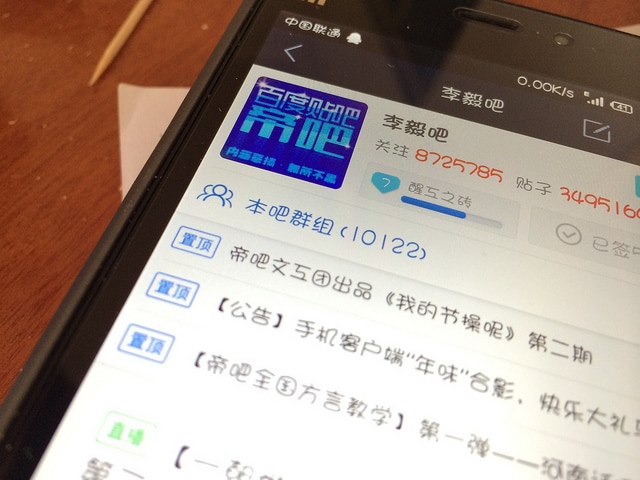
The Internet is essential to a country like China, riding high on the great wave of technology. But it gives the regime the headache of control. Apart from its Great Firewall, the Chinese state runs an elaborate system of censorship and manipulation of social media. It has just proved this by blocking access to WhatsApp on the eve of the important XIX Congress of the Chinese Communist Party and increasing the crack-down on those critical of President Xi Jinping, who is amassing more and more power. But the authorities (the Communist Party and the administrations) are worried less by the criticism than by the social media and networks (in Chinese hands, the Western versions being usually banned) helping to create popular movements, something they view as inherently dangerous. The criticism can even be useful in Xi Jinping’s fight against corruption and for exposing bureaucrats. But what the system cannot tolerate is the possible emergence of opposition movements or collective action. There are now an average of 500 demonstrations a day in China, albeit largely peaceful. The regime believes that the greatest threat emanates not from possible military attacks from foreign powers but uprisings among their own people that could be triggered by a spark on social media.
In 2013 Garry King, Jennifer Pan and Margaret E. Roberts from Harvard University published a study of censorship on Chinese social media based on an analysis of 1,400 social media services (in China, unlike the West, they are not concentrated in the hands of just a few companies) and several million posts before the authorities detected, assessed and eventually censored them, either withdrawing them from the Internet or modifying them. The researchers also sent messages to gauge the reaction of the censors and conducted numerous discreet interviews on the subject. Tens of thousands of censors work at the social media companies –some 1,000 at each service– and at various levels of government. Around 15% of posts are censored.
In another recent study, King and his colleagues go further by confirming, with the figures to prove it, that the authorities are not so bothered about what citizens think or say about them, but about what they might do. The strategic goal is to avoid collective action. To this end the authorities conduct what the academics refer to as ‘reverse engineering’ which constitutes ‘the most extensive effort to selectively censor human expression ever implemented’. But in this new study they delve deeper in their analysis and conclude that rather than responding directly to the dangerous content that may circulate on social media, the Chinese apparatus focuses on distracting people with other subjects.
They do this via pseudonymous and anonymous posts, and some estimates suggest that some two million people are hired to insert this type of information or disinformation in the networks. They belong to various categories: the censors at each service or company, as mentioned above, the Internet police (the wangjing, with 20,000-50,000 members), the Internet monitors (wanggiuanban) and around 250,000-300,000 people known as the ‘50c party’ (wumaodang) because it is rumoured (although apparently based on no grounds) that they earn 50 cents (or 5 jiao, the equivalent of €0.07) for every post or message they send. They are a sort of official troll existing at all levels of government. The goal of this programme is above all ‘to reduce the probability of collective action by clipping social ties whenever any collective movements are in evidence or expected’. Minor dissatisfaction expressed in these networks could convey to a wider audience the idea that it is shared by many others and they might mobilise against it.
King and his colleagues calculate that the regime could be creating and posting 448 million comments per year. The aim is not to enter into debates to rebut arguments and assertions, but rather to achieve a ‘strategic distraction’ that changes the subject, with comments seemingly from ordinary Chinese citizens that are positive about China, its history and the Communist Party or introducing other subjects. As the legal scholar Cass Sunstein points out in his recent book #Republic, this mirrors the recommendation made by Dale Carnegie 1936 that since an argument can never be won, it is better to change the subject. The Chinese authorities seem to be in agreement with the US entrepreneur and writer of self-help books, including How to Win Friends and Influence People, which included this advice: distracting people’s attention works better than refuting arguments.
This modus operandi will undoubtedly inspire other authoritarian regimes, provided they have the ability to control the Internet the Chinese system has. But it also reveals the nominally communist regime’s most profound concerns: warding off mobilisations that it fears it will be unable to control or will be obliged to use force to control. Lest it be forgotten, the demonstrations that were suppressed in Tiananmen Square took place in 1989, long before social media even existed.


